2013.12.20 18:55
20 December
This year's late Autumn is very different than last year's late Autumn--I've already had to shovel snow four times in the last two weeks. Despite the warmer temperatures, yesterday's and today's walk in the woods was still amidst a white blanket of snow--quite nice, actually. Saw a lone fawn yesterday, in the woods adjacent the cow pasture hight point, the third time I'd seen it there since the controlled hunt on 4 November. I get a strong feeling that that's where the fawn last saw its mother alive. It's interesting how this animal's mind registers the spot of last sighting to then be, by default kind of, the spot of possible further sighting. A sadly innocent point of view, or is that exactly how hope operates?
Read this while having a late lunch: "Have you ever stopped to wonder anything about what you see there [ArchDaily] or on Archinect or Dezeen or ArchNewsNow or whatever blog or newsfeed you tune into (or tunes into you) every morning?" Figure out for yourself who wrote that in the book UPS delivered here today. I have to return/exchange one of the other books I received today; Project of Crisis is missing pages 123 through 154. Amazon is express shipping a new copy tomorrow. Such modern times we live in, or is it such Christmas (shopping) times we live in?
Reading over the last week and a half has been very Tafuri centric. So far finished Architecture and Utopia, "Ashes of Jefferson," (I think I'm going to read the chapters of The Sphere and the Labyrinth in reverse order) "The Boudoir in The Expanded Field," and "Manfredo Tafuri, or, Humanism Revisited." Last night I started to re-read Theory and History of Architecture. I'm reading the texts to learn/study the structure of Tafuri's history/theories, with particular focus on how Tafuri fit's Piranesi's Campo Marzio Ichnographia into his history. As I wrote a week ago, "Also, I'm currently re-reading Tafuri's Architecture and Utopia, and I have a heightened awareness of the avant-garde architectural lineage that Tafuri sees the Ichnographia Campus Martius as the protogenitor of. I think it's now possible, however, to 'fabricate' a whole other avant-garde architectural lineage once one understands what the Ichnographia Campus Martius is really all about."
At this point I'm still reading, but I'm also beginning to formulate "a whole other avant-garde architectural lineage." It's rather inspiring to even imagine a whole other architectural history of the last 250 years. Aha, working title: Architecture post Semiquincentennial.
2013.12.20 19:45
What is "traditional"?
...architects, as is already evident, are not able to easily answer your question, but I don't doubt that realtors are able to easily answer your question. If you really want to formulate an answer, I suggest you watch House Hunters and House Hunters International for at least a month. While watching, take note that "traditional" is as much a matter of (personal) taste and comfort level as it is a style.
Next time an architectural client tells you they're interested in something 'traditional', expand the conversation by asking them about their tastes and their comfort levels. I'm sure there will then be lots of issues to start designing around.
| |
2013.12.22 15:16
What is an experimental architect? Are Zumtor and Herzog experimental?
experiment 1b (1) : a tentative procedure or policy; esp : one adopted in uncertainty as to whether it will answer the desired purpose or bring about the desired result
experiment 4 : the process or practice of trying or testing
experimental 2 : founded on, derived from, or discovered by experiment
Given the above definitions, Frank Gehry is probably the leading experimental architect of the last 35 years or so.
2008.08.23 15:16
peter's canon
One thing that crossed my mind last night was how, when I see the many studiy models of H&dM...
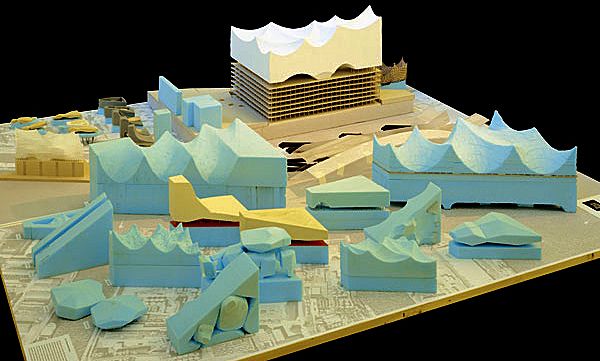
...and OMA...
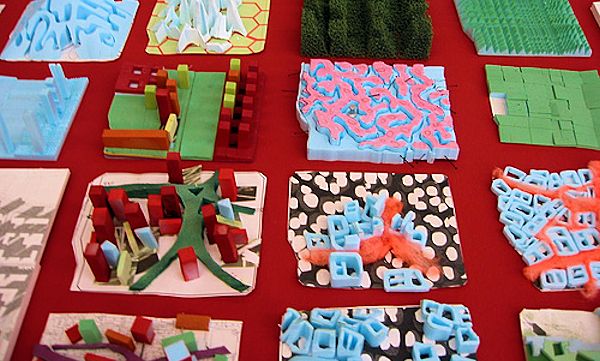
...I'm reminded of the many study models produced by Gehry for the Lewis Residence...
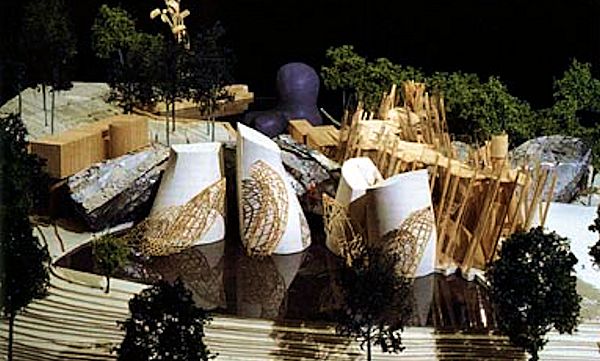
I may be stretching it, but...)
Gehry's method of design via innumerable study models [ie, experimentation] seems to have become quite influential.
[The following is an experiment. In the two passages below, the word experimental replaces the original word pliant, and the word experimentation replaces the original word pliancy.]
2008.08.23 21:06
peter's canon
Personally, I like seeing all the study models of various projects by various architects. I like it because it clearly demonstrates just how experimental architectural designing can be. And I seriously consider the notion that it may well be Gehry that best introduced architectonic experimentation to the profession.
Is architectonic experimentation in somewhat sharp contrast to Eisenman's method? Up to a certain point (in time) I'd say yes. And when Eisenman's work started exhibiting some measure of experimentation, that's where I start to see Gehry's influence.
| |
2013.12.23 19:47
23 December
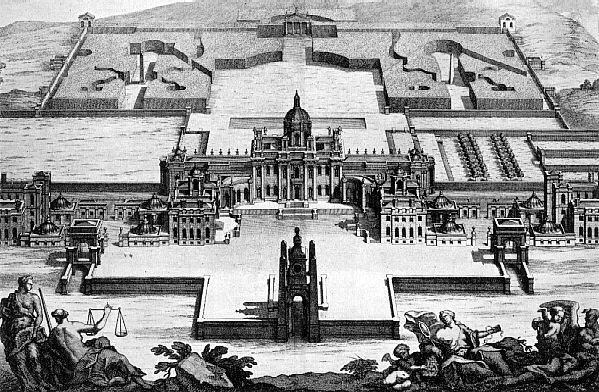
I'm now wondering whether the above image of Castle Howard from Vitruvius Britannicus (published 1715-1725) somehow inspired the architecture of Piranesi as delineated within Il Campo Marzio (1762). Remember the...
I was prompted by the "what is experimental architecture" thread to look again at "Piranesi's Campo Marzio: An Experimental Design." After reading a few pages it became evident that the essay/project could be 'rewritten' to deliver a whole other set of results, a whole other 'history.'
By covertly publishing the Ichnographia in a second state was Piranesi himself conducting an experiment to see who would ultimately discover the two different plans?
Piranesi's language of the plans relates back to the origins of Rom(ulus and Remus) itself.
"Both Piranesi's Campo Marzio and Picasso's Dame au violon are "projects," though the former organizes an architectural dimension and the latter a human mode of behavior. Both use the technique of shock, even if Piranesi's etching adopts preformed historical material and Picasso's painting artificial material (just as later Duchamp, Hausmann and Schwitter were to do even more pointedly). Both discover the reality of a machine-universe: even if the eighteenth century urban project renders that universe as an abstraction and reacts to the discovery with terror, and the Picasso painting is conceived completely within this reality.
But more importantly, both Piranesi and Picasso, by means of the excess of truth acquired through their intensely critical formal elaborations, make "universal" a reality which could otherwise be considered completely particular."
Manfredo Tafuri, Architecture and Utopia: Design and Capitalist Development, p. 90.
There is no Picasso painting with the title Dame au violon, but it is possible that Tafuri is referring to Portrait of a Girl (1914):
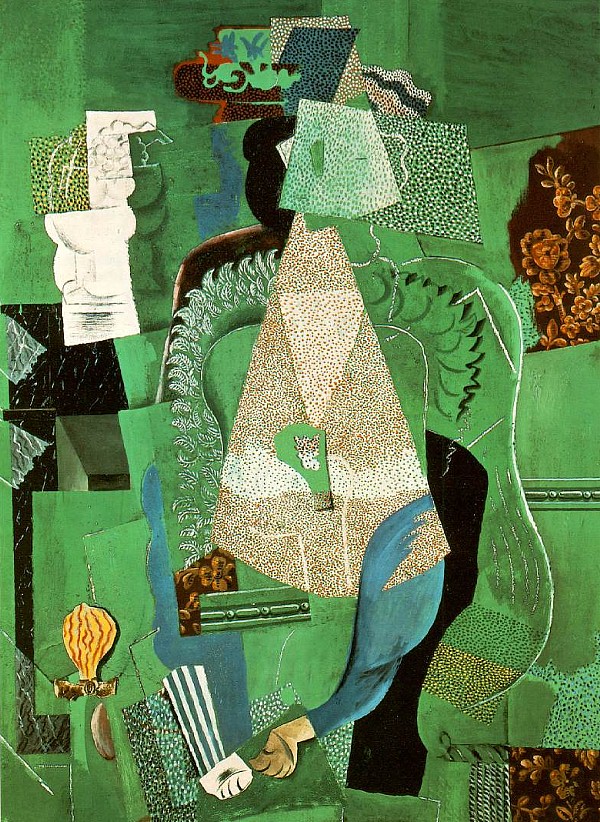
Project: redraw the Ichnographia Campus Martius following the principles of Picasso's (Synthetic) Cubism.
|